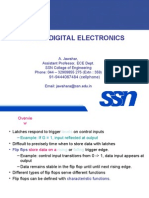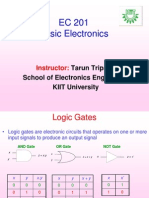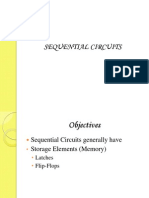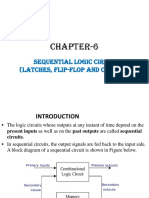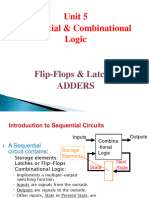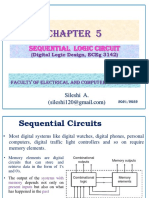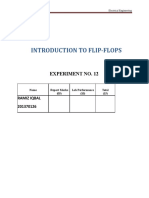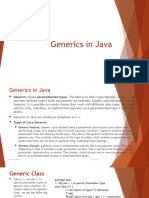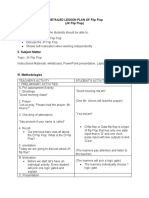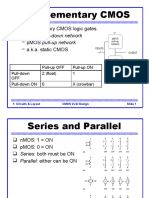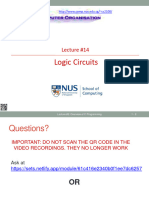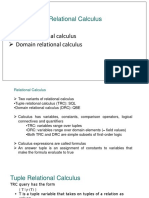0% found this document useful (0 votes)
42 views28 pages6 - Sequential Circuits
The document provides an overview of sequential circuits, detailing their components such as storage elements (latches and flip-flops) and combinational logic. It explains different types of sequential circuits, including synchronous and asynchronous, and describes various flip-flop configurations and their behaviors. Additionally, it covers counters and shift registers, emphasizing their roles in digital systems and providing examples of different counter types and shift register configurations.
Uploaded by
krisshhCopyright
© © All Rights Reserved
We take content rights seriously. If you suspect this is your content, claim it here.
Available Formats
Download as PPT, PDF, TXT or read online on Scribd
0% found this document useful (0 votes)
42 views28 pages6 - Sequential Circuits
The document provides an overview of sequential circuits, detailing their components such as storage elements (latches and flip-flops) and combinational logic. It explains different types of sequential circuits, including synchronous and asynchronous, and describes various flip-flop configurations and their behaviors. Additionally, it covers counters and shift registers, emphasizing their roles in digital systems and providing examples of different counter types and shift register configurations.
Uploaded by
krisshhCopyright
© © All Rights Reserved
We take content rights seriously. If you suspect this is your content, claim it here.
Available Formats
Download as PPT, PDF, TXT or read online on Scribd
/ 28


























